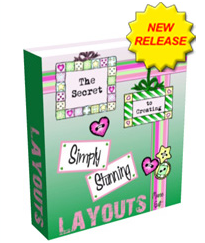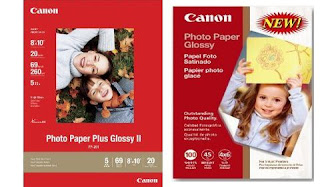Some crafts take a lot of time and is pricey, so to be able to sell than is a benefit. Even is you are still looking at options such as quilting with embroidery or something such as silk painting with silk painting kits, in the long run you will have to sell some of the crafts you do if you want to continue.
But if you want to have fun and make money at the same time, craft fairs are something worth considering. Hitting the craft fair circuit gives you a reason to travel to places you may have never been before and to meet fellow crafters. And since they attract craft lovers, you can make a substantial amount of money in a short time.
Does this sound interesting to you? Here is what you need to do to get started.
* Get busy crafting. You'll need plenty of inventory to take with you to the fairs for quick sales. You can also take custom orders, but most craft fair attendees prefer to leave with something in hand.
* Check out the legal aspects of doing business wherever you might participate in a fair. To keep things simple, you might choose to only participate in fairs in your home state. But if you want to do business in other states, it shouldn't be too hard to get set up.
* Find craft fairs in your area and others you are willing to travel to. Ask your crafty friends to keep you informed about any they hear about; check the newspaper and search online.
* When you find a craft fair that interests you, read the application information carefully. Most require application fees, and some are juried. You may have to pay additional fees for electricity and other amenities.
* Determine what you'll need to bring along to set up. You'll definitely need tables and chairs, and many fairs do not provide them. You'll also need a tent if the fair is outdoors, and you may need other items such as display cases depending on what you're selling.
* Get your office supplies together. You'll need some business cards and other promotional materials, receipt pads, bags, and a credit card machine if you accept credit.
* Price your crafts if you haven't already. Take into account all of your expenses, including travel and meals. You'll need to make enough profit to at least cover this, and preferably enough to pocket some of it.
* Dress comfortably, and take along food and drinks. Bring an assistant or two with you as well, if possible. Craft fairs are usually all-day (and sometimes multiple-day) events, so you'll need to be prepared.
Craft fairs provide the opportunity for you to sell your crafts in a fun atmosphere. But be warned: it's hard to stop at just one! Once you've experienced a craft fair first hand, you'll probably be scouring the papers looking for another one.





